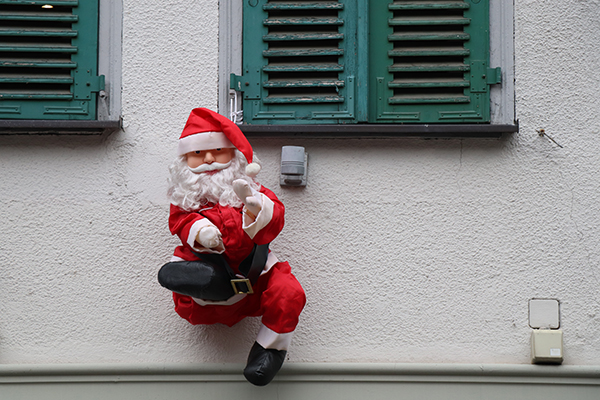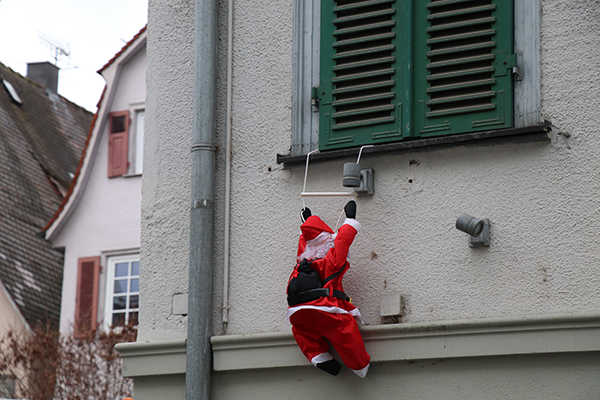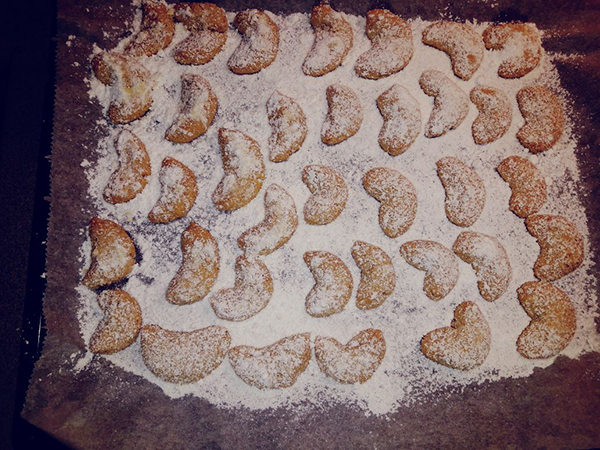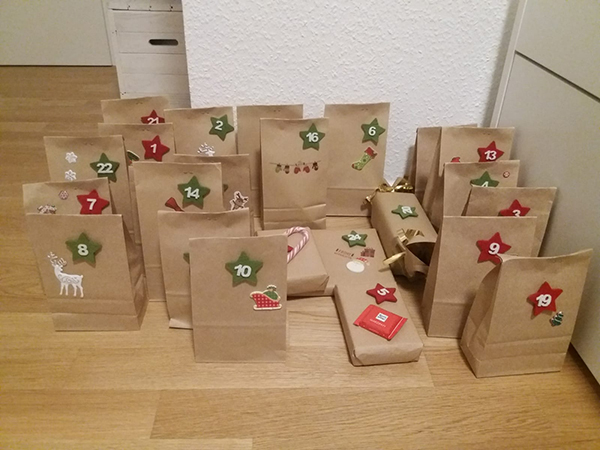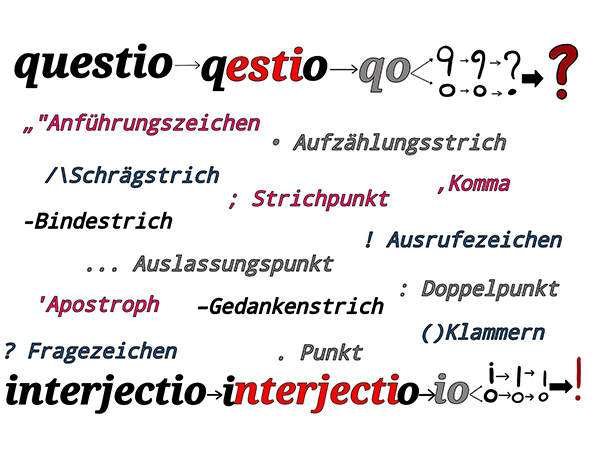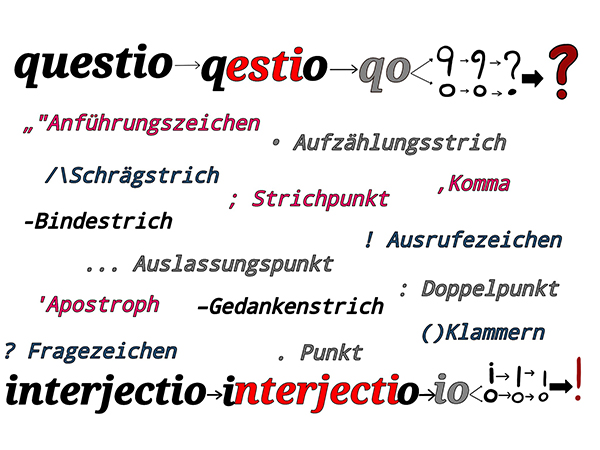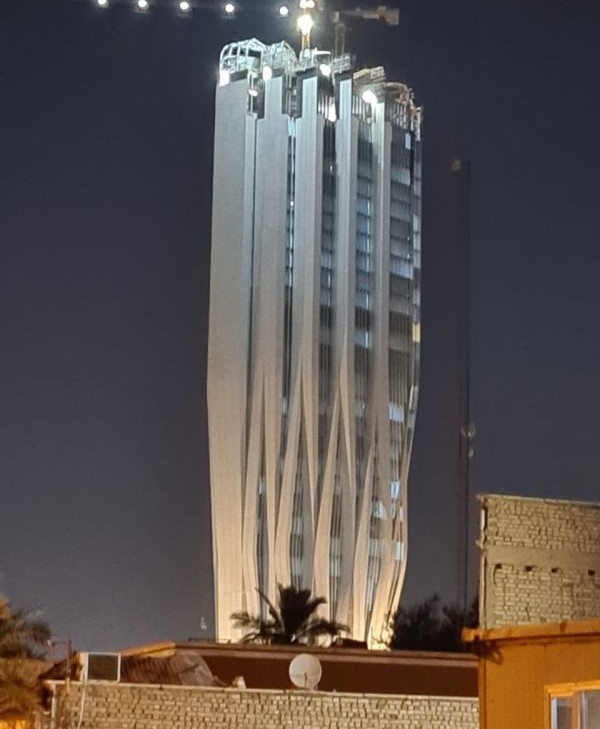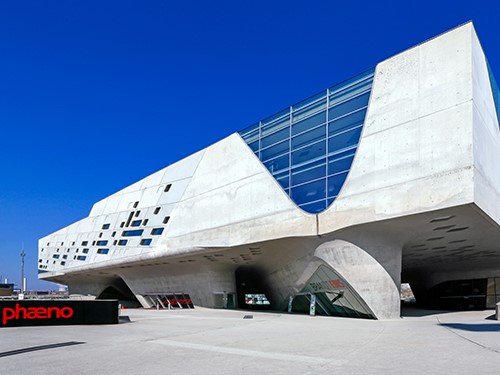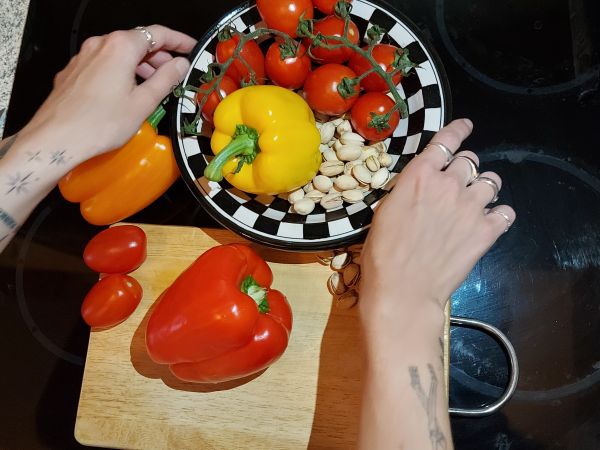In Germany, St Nicholas’ main task is to fill boots: Children place boots in front of the door on the night of 6 December and hope that St Nicholas will leave them with sweets and small gifts overnight. However, for some families he only arrives on the evening of St Nicholas’ Day itself: he wears a red coat, a beard and a red hat and hands over the presents personally or reminds children to work harder at school, for example. The rod with which he—or his companion Knecht Ruprecht—threatened previous generations remains outside the door. Christian churches commemorate the anniversary… Read More
Category: TÜNEWS DIVERSE
Wo der Nikolaus Geschenke unters Kopfkissen legt
In Deutschland muss der Nikolaus vor allem Stiefel füllen: Kinder stellen in der Nacht zum 6. Dezember Stiefel vor die Tür und hoffen, dass der Nikolaus dort über Nacht Süßigkeiten und kleine Geschenke deponiert. Zu manchen Familien kommt er aber erst am Abend des eigentlichen Nikolaustages: Er trägt einen roten Mantel, einen Bart und eine rote Mütze und überreicht die Geschenke persönlich oder mahnt Kinder, sich zum Beispiel in der Schule mehr anzustrengen. Die Rute, mit der er – oder sein Begleiter Knecht Ruprecht – früheren Generationen gedroht hat, bleibt draußen vor der Tür. Die christlichen Kirchen erinnern mit dem… Read More
آداب و رسوم در ايام كريسمس
در این زمان در آلمان آداب و رسوم بسیاری وجود دارد. ظهور به معنای “آمدن خدا” است و در اینجا به معنای آمدن عیسی مسیح است که بسیاری از مردم در آلمان در ۲۴ دسامبر آنرا جشن میگیرند. که این از اولین یکشنبه پس از ۲۶ نوامبر آغاز می شود و سپس هر یکشنبه تا کریسمس جشن گرفته می شود. برای این چهار یکشنبه قبل از کریسمس هر سال آداب و رسوم زیادی وجود دارد. تاج گل یکی از آداب است: این تاج گل تزئین شده زیبائی است که از شاخه های صنوبر ساخته شده و چهار شمع بروی آن… Read More
Customs in the Advent season
The Advent season in Germany has many traditions and customs. Advent means “the coming of God”, referring to the birth of Jesus Christ, which many people in Germany celebrate on December 24th. Advent begins on the first Sunday after November 26th and is then celebrated on all four Sundays until Christmas. The celebrations have many customs. One of them is the Advent wreath, a beautifully decorated wreath made of fir branches with four candles on it. One candle is lit every Sunday, so that all four candles are lit by Christmas. Another custom, especially for children, is the Advent calendar,… Read More
Bräuche in der Adventszeit
In der Adventszeit gibt es in Deutschland viele Traditionen und Bräuche. Advent bedeutet übersetzt „die Ankunft Gottes“ und meint die Geburt von Jesus Christus, die viele Menschen in Deutschland am 24. Dezember feiern. Der Advent beginnt am ersten Sonntag nach dem 26. November und wird dann jeden Sonntag bis Weihnachten gefeiert. Das sind jedes Jahr vier Sonntage in der Vorweihnachtszeit, für die es viele Bräuche gibt. Einer davon ist der Adventskranz: Das ist ein schön geschmückter Kranz aus Tannenzweigen mit vier Kerzen darauf. An jedem Adventssonntag wird eine Kerze angezündet, sodass an Weihnachten alle vier Kerzen brennen. Ein anderer Brauch… Read More
Die Geschichte der Interpunktion: Wie Satzzeichen immer wichtiger wurden
Von Oula Mahfouz Satzzeichen – Punkte, Kommas, Doppelpunkte, Fragezeichen, Semikola (Strichpunkte), Klammern, Ausrufezeichen, Gedankenstriche und Anführungszeichen –, sie alle sind in der schriftlichen Kommunikation von grundlegender Bedeutung. Sie dienen dazu, Texte zu organisieren und ermöglichen es, Gedanken und Gefühle präzise auszudrücken. Umgekehrt helfen Satzzeichen ganz erheblich, Texte überhaupt zu verstehen und sie laut vorlesen zu können. Ohne Satzzeichen sind viele Sätze doppeldeutig, das Internet ist voll von Beispielsätzen, die nur zu verstehen sind, wenn ein Komma gesetzt ist. Die Geschichte der Interpunktion erstreckt sich über viele Jahrhunderte und hängt eng mit der jeweiligen Sprache und Kultur zusammen. Bereits in den… Read More
The history of punctuation: How punctuation marks became increasingly important
By Oula Mahfouz Punctuation marks – periods, commas, colons, question marks, semicolons (semicolons), brackets, exclamation marks, dashes and quotation marks – are all essential in written communication. They are used to organize texts and make it possible to express thoughts and feelings precisely. Conversely, punctuation marks help considerably to understand texts and to be able to read them out loud. Without punctuation, many sentences are ambiguous and the internet is full of example sentences that can only be understood if a comma is inserted. The history of punctuation spans many centuries and is closely linked to the respective language and… Read More
Zaha Hadid: Ingenious architect with oriental roots
By Sameer Ibrahim Zaha Hadid (1950–2016), an Iraqi architect with British revolutionized the world of architecture and has left a visible mark in many cities around the world. She grew up in Baghdad in a wealthy family. Her father, Muhammad Hadid, was a prominent politician and former finance minister of Iraq. Even as a child she redesigned her own children’s room, which was used by a carpenter as a model for many other children’s rooms in Baghdad. At the age of eleven she wanted to become an architect. Zaha Hadid is known for her futuristic and unmistakable style. In an… Read More
Zaha Hadid: Geniale Architektin mit orientalischen Wurzeln
Von Sameer Ibrahim Zaha Hadid (1950–2016), eine irakische Architektin mit britischer Staatsangehörigkeit, hat die Welt der Architektur revolutioniert und in vielen Städten der Welt sichtbare Spuren hinterlassen. Sie wuchs in Bagdad in einer wohlhabenden Familie auf. Ihr Vater, Muhammad Hadid, war ein prominenter Politiker und ehemaliger Finanzminister des Irak. Schon als Kind entwarf sie ihr eigenes Kinderzimmer neu, das von einem Schreiner als Vorbild für viele weitere Kinderzimmer in Bagdad umgesetzt wurde. Bereits mit elf Jahren wollte sie Architektin werden. Zaha Hadid ist bekannt für ihren futuristischen und unverwechselbaren Stil. In einem Interview äußerte sie sich über ihre Philosophie: „Um… Read More
German words from all over the world
By Ute Kaiser Rana and Nour are studying for their B2 exam. This is exhausting because the German language is complicated. That’s why the two women need a break. They sit on a sofa and nibble pistachios. Rana and Nour don’t need to know that sofa and pistachio were not originally German words. Sofa was adopted from Arabic like Bedouin, Kadi, mattress, saffron and many other terms. Pistachio, like pajama, paradise and pasha, comes from Persian. These words usually have a long migration behind them. They entered the German language via Greek, Latin and Italian. All words borrowed from other… Read More

